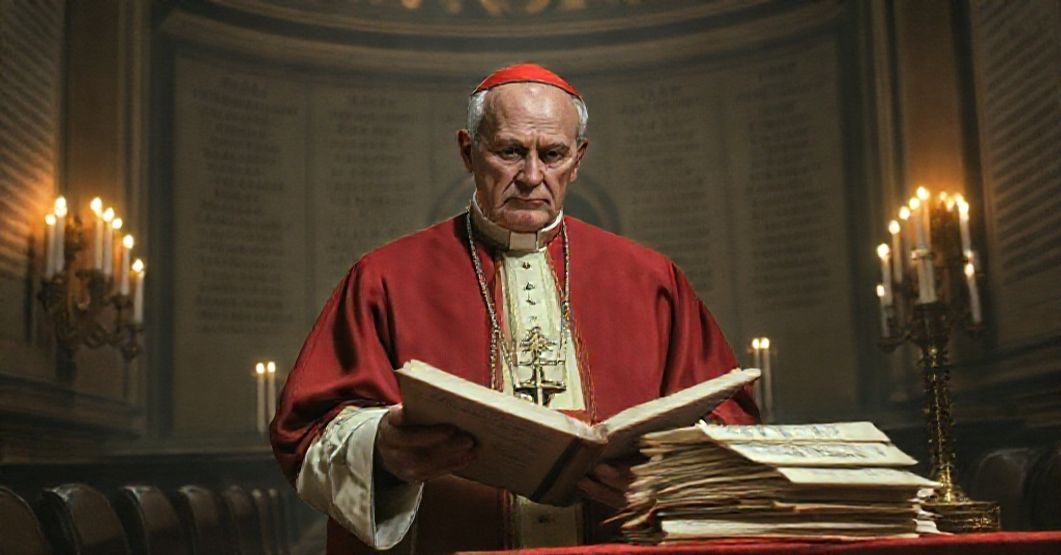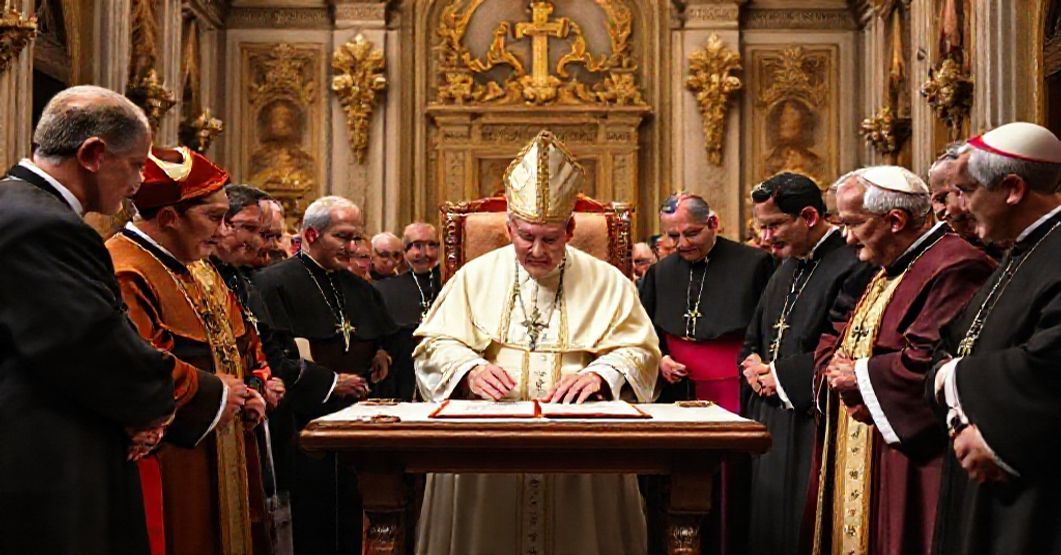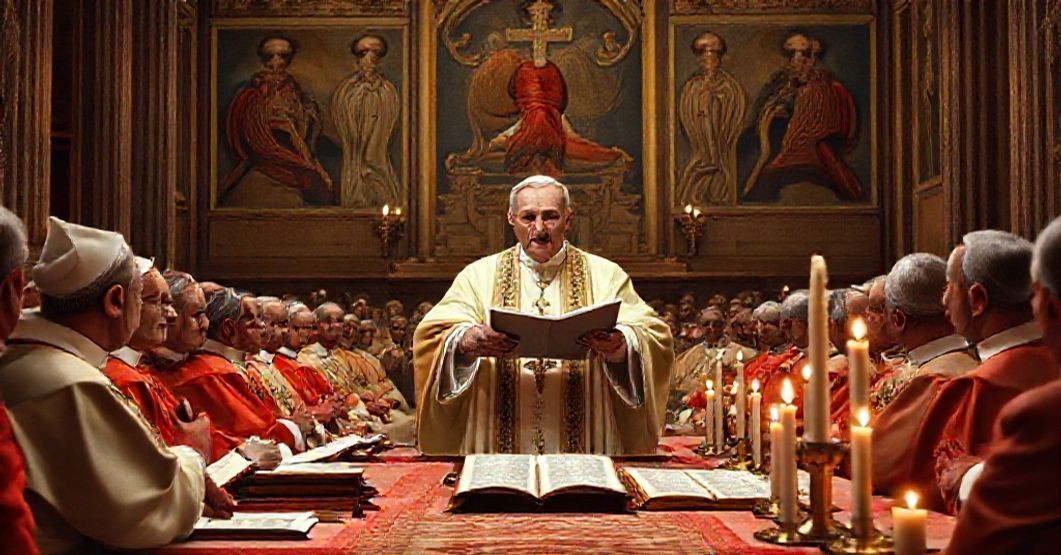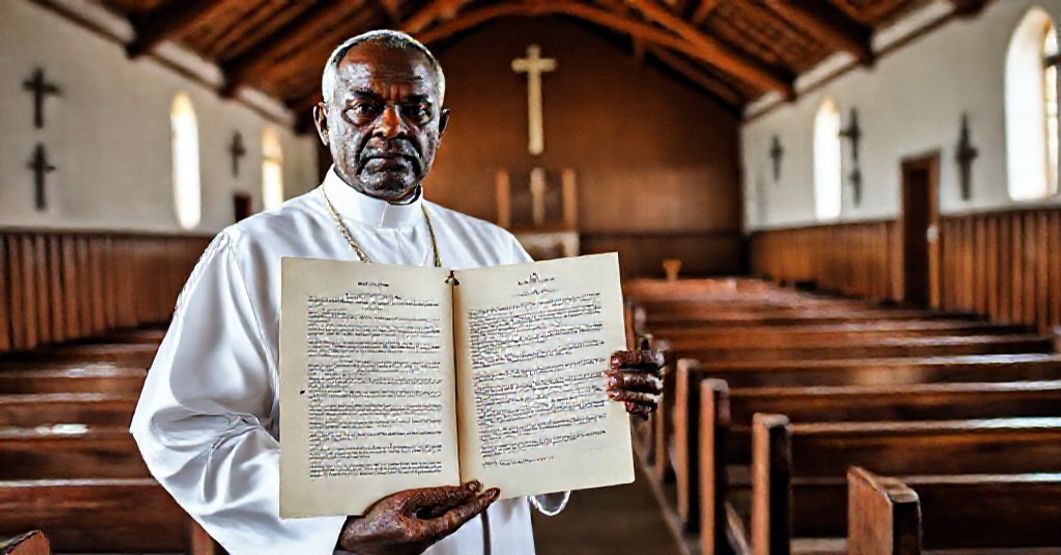Antipopes of the Antichurch



















Timeline of this heretical pontiff
Encyclical Letters
+ 15 posts1959
+ 7 posts1961
+ 4 posts1962
+ 2 posts1963
+ 2 postsApostolic Exhortations
+ 3 postsApostolic Constitutions
+ 93 posts1958
+ 6 posts1959
+ 87 postsMotu Proprio
+ 15 posts1958
+ 1 posts1959
+ 1 posts1962
+ 11 postsApostolic Letters
+ 151 posts1958
+ 4 posts1959
+ 63 posts1960
+ 78 posts1961
+ 1 posts1962
+ 4 posts1963
+ 1 postsSpeeches
+ 99 posts1958
+ 2 posts1959
+ 26 posts1960
+ 29 posts1961
+ 16 posts1962
+ 24 postsMessages
+ 6 posts1959
+ 4 postsHomilies
+ 4 postsLetters
+ 152 posts1958
+ 1 posts1959
+ 48 posts1960
+ 32 posts1961
+ 31 posts1962
+ 30 posts1963
+ 10 postsNot categorized
+ 1 posts1958
+ 1 postsNews feed


Allocutio Ioannis XXIII (1962.01.23)
Venerable John XXIII’s January 23, 1962 allocution to the Central Preparatory Commission for Vatican II is a congratulatory speech in which he praises the bishops and experts for their work, rejoices in their unity, presents the immense volume of preparatory material as a sign of hope, exhorts serenity and concord, announces two upcoming documents (on unified priestly prayer for the Council and on strengthening the use of Latin, especially in seminaries), and implores prayers for the “great event” of the upcoming Council.


Niameyensis (Fadangurmaensis) (1959.02.12)
The Latin text titled “Niameyensis (Fadangurmaensis)” (12 February 1959) presents itself as an apostolic constitution of John XXIII, administratively dividing territory from the apostolic prefecture of Niamey in French West Africa to erect a new apostolic prefecture of “Fadangurmaënsis,” entrusted to the Redemptorists and made suffragan to Ouagadougou. It is framed as a routine act of missionary governance for the spread of the Gospel and the better organization of ecclesiastical structures. In reality, it stands as an early juridical monument of the incoming conciliar revolution, revealing the already operative rupture of doctrine under the outward veneer of pre-conciliar language.


Allocutio Ioannis XXIII (1961.11.07)
In this allocution of 7 November 1961, John XXIII addresses the second plenary session of the Central Commission preparing Vatican II, praising the work of the preparatory bodies, exalting worldwide expectations for the coming council, invoking peace, human dignity, collaboration, and the “universal” hopes fixed upon this future assembly. He frames the council as a response to contemporary aspirations, emphasizes optimism about humanity’s moral and religious openness, and calls for trust in mutual understanding, justice, and respect for the human person redeemed by Christ.


Berberatensi (1959.02.09)
In this 1959 constitutional act, Angelo Roncalli, styling himself “John XXIII,” claims to exercise supreme apostolic authority to detach portions of the Berberati diocese in French Equatorial Africa (Bossangoa, Bouca, Batanfago, Paoua) in order to erect a new apostolic prefecture of Bossangoa, entrusted to the Capuchin Friars Minor. The text outlines jurisdictional boundaries, subordination to the metropolitan of Bangui, procedural norms for implementation by Marcel Lefebvre as Apostolic Delegate, and asserts the perpetual validity and binding force of this institutional reconfiguration under “pontifical” authority. Already in its premises and juridical claims, this document exposes the nascent conciliar revolution: a human-engineered administrative rearrangement presented as an act of Petrine authority at the very moment when that authority was being emptied and weaponized against the integral Catholic faith.
Varia
Announcement:
– News feed –implemented
– Antipopes separate web sites with their all documents refutation – in progress
